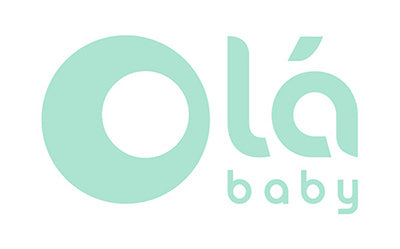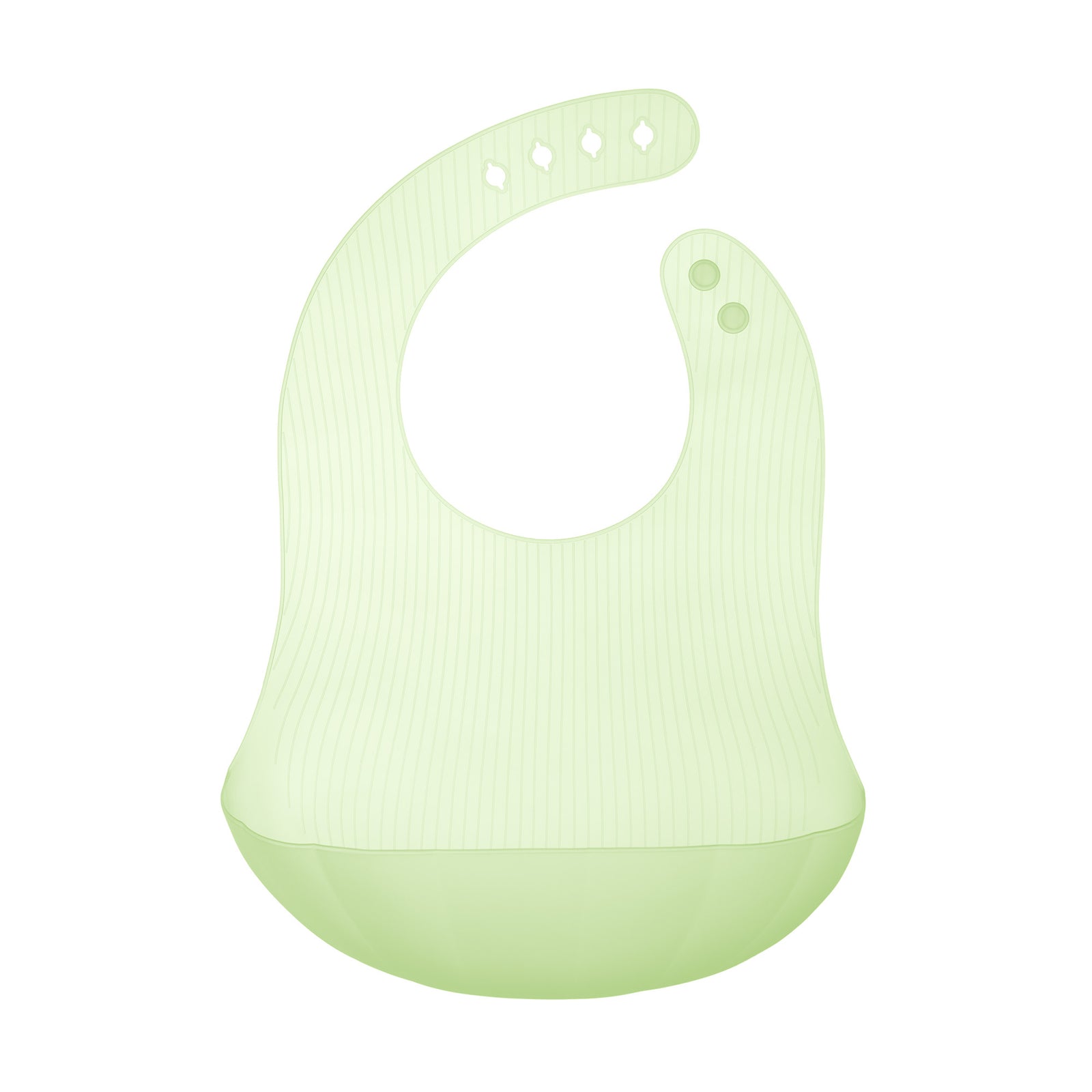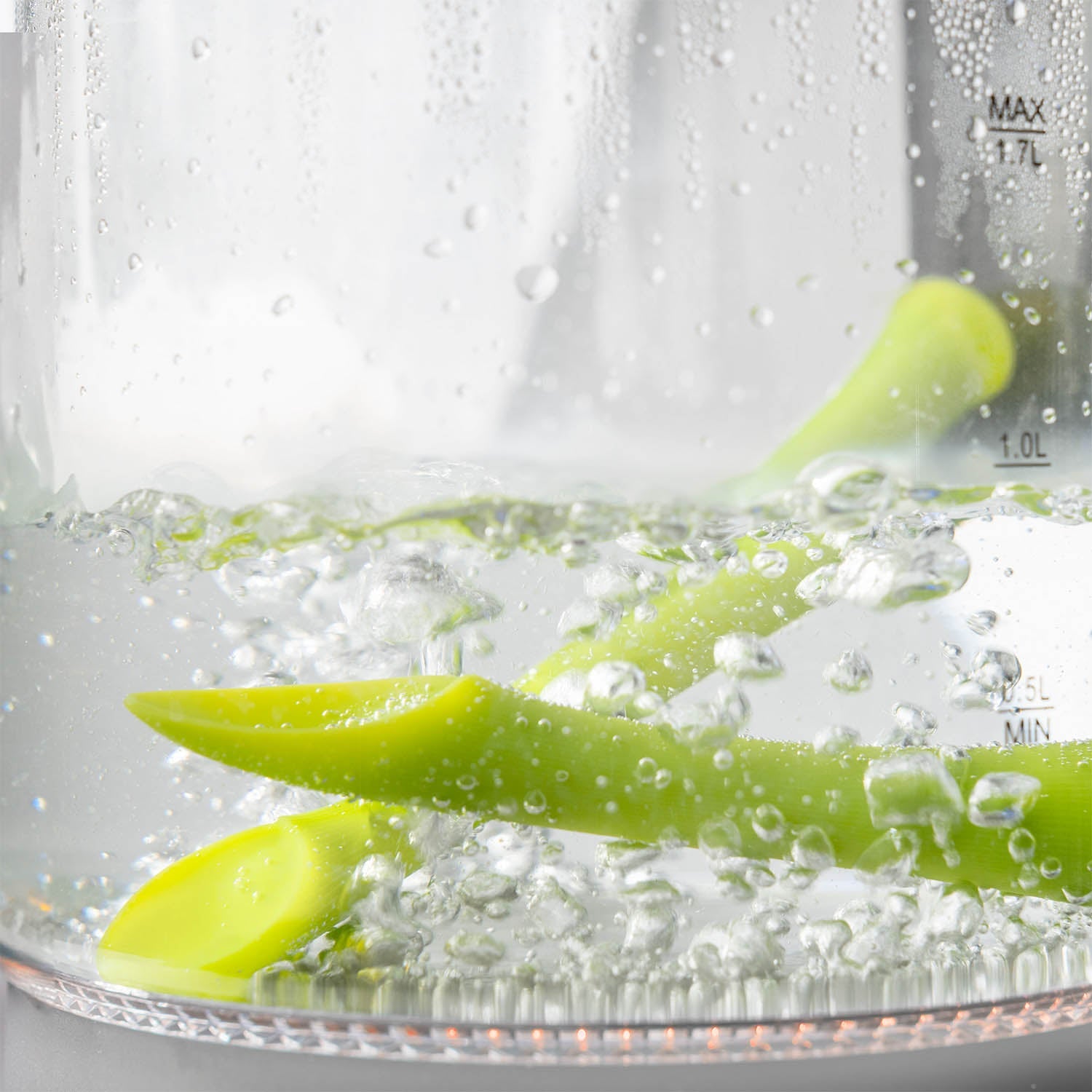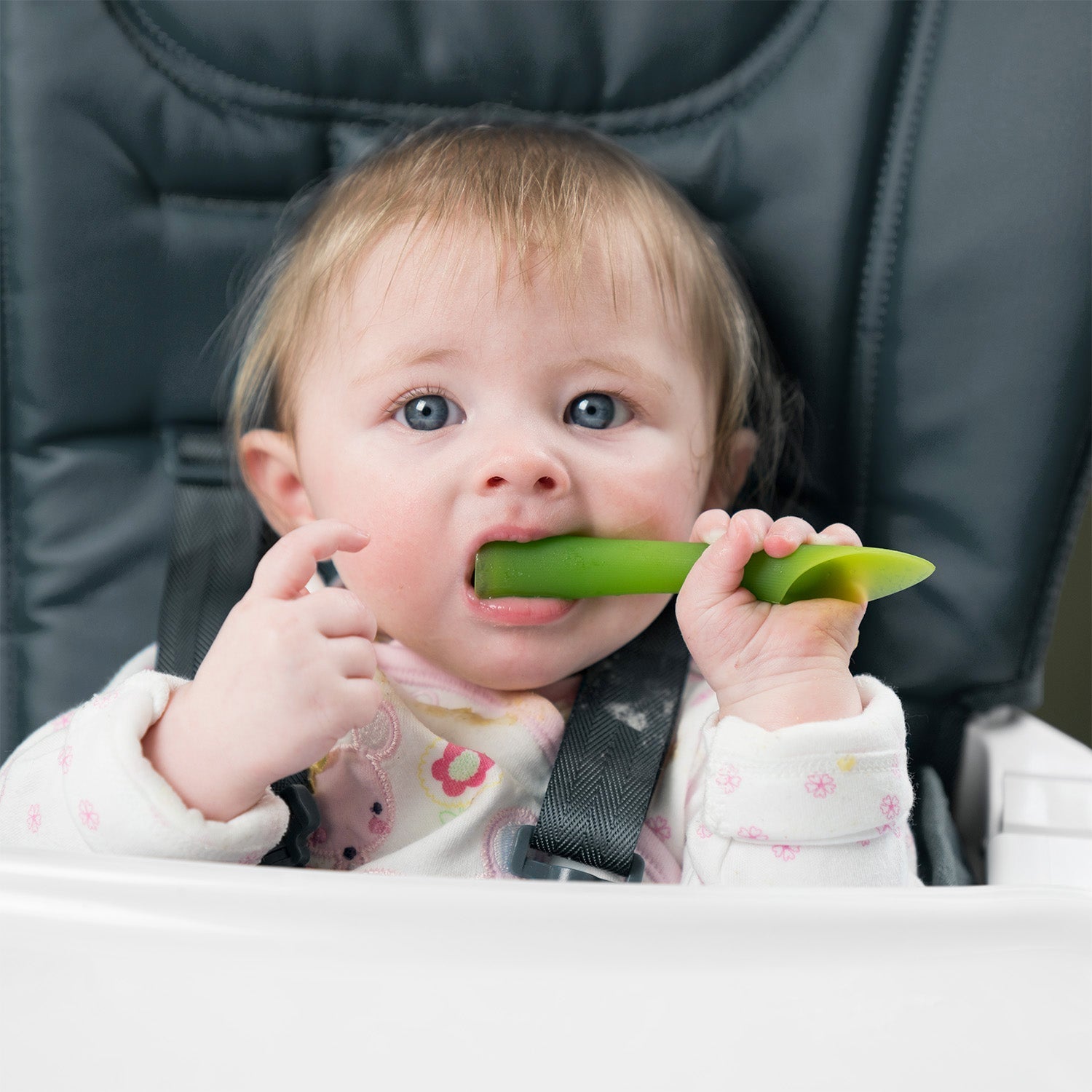The initiation of complementary feeding is a crucial time for your children. During this period, they undergo a big and rapid change at many different levels—they develop food preferences, eating behaviors, as well as they acquire multiple skills that will support their social, motor, and cognitive development. But how to ensure that as parents you provide all what is needed for them to take the maximum advantage of this important stage? In this article you will find a couple of useful tips!
The awareness about the benefits of learning good eating habits at an early age has significantly increased in the last years. Also, the initiation of complementary feeding and the selection of the eating method have certainly become more and more important for today's parents. Traditionally, purees were the first foods that a baby received. In the beginning with a liquid and smooth consistency, progressing to mashes and finely chopped foods, and finally to small pieces or finger foods—depending on the neuromotor skills of the baby. This until gradually integrating her/himself into the family’s diet.
However, since 2005 baby led weaning (BLW) has been gaining popularity as an alternative to the traditional spoon-fed method. Some aspects that are usually highlighted when promoting this method (which you probably have heard about already) are the positive effect on babies’ neuromotor development, and independence, as well as how it facilitates being responsive to your child’s hunger and satiety cues. In consequence, many parents believe that if they decide to start with purees, because of the pediatrician’s recommendation, their baby’s preferences, or personal reasons, they wouldn’t be profiting from these benefits.
But guess what? While there is no doubt that BLW could have a very positive impact on your baby’s development, to date science has not confirmed that it is the best and only method. On the other hand, scientists repeatedly emphasize on the importance of being responsive regardless of the feeding method selected. This means paying careful attention to your child’s hunger and satiety signals, which are usually manifested through facial expressions, behaviors and postures.Then, if you have decided to start your baby on solids with the traditional method, you shouldn’t worry! There are plenty of ways to support your baby so that she/he develops many different skills and becomes an independent, and creative individual.
During pregnancy:
- Yes, this journey starts since pregnancy! Your children’s absorbent minds start collecting information as soon as they are forming in your womb. Make sure to include a variety of flavors in your diet. This will give your baby the opportunity to gradually identify these. As of the 17th week of gestation, taste buds begin forming (this is where your baby's tongue will be located) and therefore they can start recognizing different flavors.
0-6 months of age (approx.):
- Involve and expose your children to whole eating learning experience even before starting on solids. This includes, among others, showing and explaining to them how vegetables and fruits grow, grocery shopping with them, cooking and having family meals next to them (e.g., while breastfeeding or sitting next to you), but also allowing them to touch and smell different textures and flavors.
- Try some stimulation activities with them, so that they come in contact with different textures, improve their fine motor skills, and continue absorbing information.
As of 6 months of age:
- When initiating complementary feeding, show them the ingredients you used for the puree you prepared before they eat it. Once they have tried a good number of foods, try to make their purees with the same ingredients you are using for family meals (e.g., if you cook meat with carrots and rice, make the puree using these ingredients and show them to your baby).
- Let them get messy eating.
- Foster independent eating with a spoon by letting them grab the spoon and bring it to their mouth. Of course, you can help pre-loading the spoon but give them enough time to reach out and grab it (btw. Olababy’s spoons are really ergonomic and great for this!).
- Repeatedly expose and offer a variety of foods.
- Don’t forget advancing food textures (see table below)—delaying this process may increase the risk of developing texture acceptance problems later in life.
|
Age (months)
|
0-6
|
6-7
|
7-8
|
8-12
|
>12
|
|
Consistency
|
Liquid
|
Mashes, porridges
|
Purees, finely chopped, crushed food
|
Finely chopped, diced
|
Small pieces
|
But how about being responsive?
- Don’t put pressure on your children when eating. Let them observe, smell, touch and eat at their own pace.
- Wait for them to swallow and open their mouth again.
- Include your baby in family meals—if possible, more than once a day.
- Try to avoid distractions at mealtimes (e.g., TV, toys around, etc.). If this isn’t the case, but they seem to have lost interest in their food by turning their head, closing their mouth, hitting the spoon or plate, this means they aren’t hungry anymore, and you shouldn’t force them to eat.
In conclusion, you can always promote your children's independence and sensorial development while being responsive to their hunger and satiety cues. It doesn’t matter what complementary feeding method you choose. Even more important is being aware of the importance of giving them the freedom to get involved in every stage of the process and provide the right environment for them to learn and explore the world on their own.
References:
D'Auria, E., Bergamini, M., Staiano, A., Banderali, G., Pendezza, E., Penagini, F., Zuccotti, G. V., Peroni, D. G., & Italian Society of Pediatrics (2018). Baby-led weaning: what a systematic review of the literature adds on. Italian journal of pediatrics, 44(1), 49. https://doi.org/10.1186/s13052-018-0487-8
Romero-Velarde, E., et al. (2016). Guidelines for complementary feeding in healthy infants. Boletín Médico Del Hospital Infantil de México (English Edition), 73(5), 338–356. https://doi.org/10.1016/j.bmhime.2017.11.007
Silva, G. A. P., Costa, K. A. O. & Giugliani, E. R. J. (2016). Infant feeding: beyond the nutritional aspects. Jornal de Pediatria, 92(3), S2–S7. https://doi.org/10.1016/j.jped.2016.02.006
Xiong, R., Spaccarotella, K., Quick, V. & Byrd-Bredbenner, C. (2019). Generational Differences: A Comparison of Weight-Related Cognitions and Behaviors of Generation X and Millennial Mothers of Preschool Children. International Journal of Environmental Research and Public Health, 16(13), 2431. https://doi.org/10.3390/ijerph16132431







